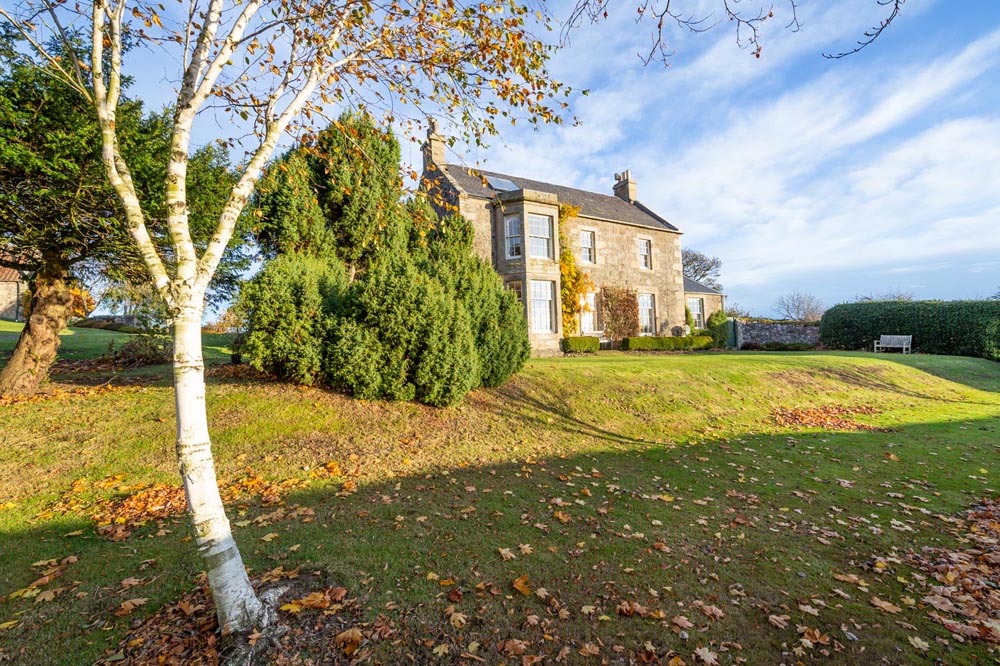Some common terms used when talking about windows and doors.
Case
The timber frame into which the two sashes slide up and down in. The case is fitted behind the rybat stones and lintel/lintol.
Sash
The frame that houses the glass and slides up and down the case. The upper sash is always forward of the lower sash and they overlap each other at the meeting rails.
Sash and Case Window
Compromises of the case which has ‘pocket’/’track’ formed on all four edges into which the upper and lower sashes slide. The upper sash slides in the outside ‘pocket’ and the lower sash slides in the inside pocket.
Each sash is counter weighted by a sash weight, housed in the vertical pocket behind the pulley stile which is the gap behind the case.
Sash Weight
Is the counterweight attached to the sash cord, which is attached to the sash. This provides an easy lift and drop of the sashes.
Pulley Wheel
There are four pulley wheel to the top of each pulley stile, to the case, through which the sash cord runs to assist sliding each heavy sash up and down in the pockets to the case.
Astragal
A narrow, moulded timber that sub-divides a sash into smaller panes. Also called glazing bars although that names is more commonly used in England, rather than in Scotland.
Muntin
A vertical member in a door or window which separates panels within the door or window. An example of a muntin is stub tenoned into the top rail, waist rail and bottom rail, making a four panelled door. Usually slightly narrower than the two vertical stiles of the door.
Stiles
Are the two outer vertical members of a door leaf and are normally mortice and tenon jointed to the top and bottom rails and also the waist and frieze rails if they are fitted.
Rybat
Is the hewn stones that forms the sides of a window or door aperture. Their faces are frequently prepared differently to the remaining stone of the wall Invariably they are two different sizes in elevation providing an inbound and an outbound stone. This creates a tooth effect look to the elevation around the apertures.
Lintol/Lintel
The beam over an opening, whether it is a window, door or opening within a building. The lintel can be made from stone, timber, steel or concrete.
Cill/Sill
The item (stone or concrete) directly below the window in an aperture. Stooled cills are commonly found in stone buildings and is built into the wall at either end and an outbound or inbound rybat stone is built directly on top of the stooled ends. A slip cill is not built into the external wall at either end and is more commonly found in modern buildings
Ingoe
Is the side of an aperture in a wall. There are internal & external ingoes. The external ingoe is formed by the return faces of the inbound & outbound rybat stones. The internal ingoe is normally an angled/bevelled face through the thick stone external wall. Sometimes panelled or where the shutters are housed when in the open position. They are built at an angle to maximise the amount of daylight into the building.
Soffit
Is the underneath surface of a lintel over an aperture, or the underneath surface of a roof overhang, beyond the external wall.
Threshold Stone
Is a stone that sits at the bottom of a door aperture on to which a timber threshold sits. The timber threshold has a draught proof gasket and in addition sometimes a metal threshold is then installed which also stops water ingress. In more recent construction concrete thresholds are built in.

